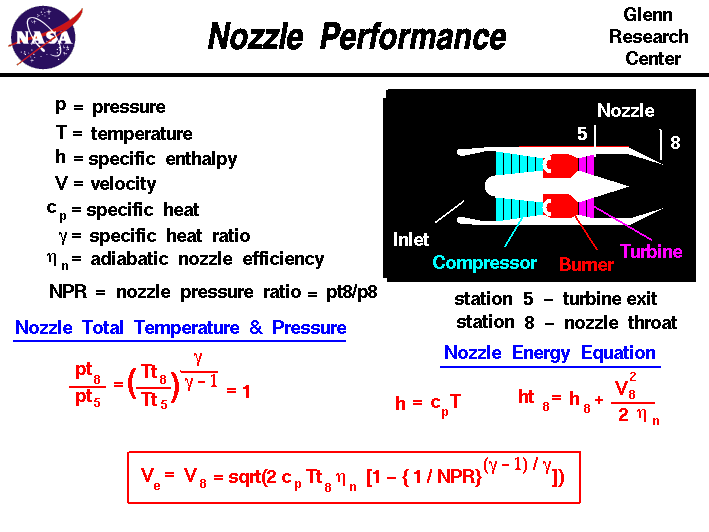
However, this is not typically the case as the goal of most issuers is to make their raise available to as many investors as possible. Remember, the advantage of Reg A+ is that it allows you to raise and advertise to a much broader pool of investors— non-accredited and accredited. Issuers looking to leverage the full benefits of Reg A+ opt for tier II— raising from any investor, in any location, up to the full $75 M. Hybrids are instruments that have some characteristics of both debt and equity. Provided these are close to equity in nature, in that they are able to take losses on the face value without triggering a liquidation of the bank, they may be counted as capital. Perpetual preferred stocks carrying a cumulative fixed charge are hybrid instruments.
What is the difference between Tier 1 capital and Tier 1 common equity?
Common Equity Tier 1 covers liquid bank holdings such as cash and stock. The CET1 ratio compares a bank's capital against its assets. Additional Tier 1 capital is composed of instruments that are not common equity. In the event of a crisis, equity is taken first from Tier 1.
(ii) The instrument is subordinated to general creditors of the Enterprise. As Bank A has a CAR of 10%, it has enough capital to cushion potential losses and protect depositors’ money. As the loan to the government carries no risk, it contributes $0 to the risk-weighted assets.
What Does a High Tier 1 Capital Ratio Mean?
National regulators of most countries around the world have implemented these standards in local legislation. In the calculation of regulatory capital, Tier 2 is limited to difference between tier 1 and tier 2 capital 100% of Tier 1 capital. The Tier 2 capital ratio is the formula utilized to describe the Tier 2 capital being held versus what’s known as total risk-weighted assets (RWAs).
What is tier 2 capital?
Tier 2 capital is a component of the bank capital. It consists of the bank's supplementary capital including undisclosed reserves, revaluation reserves, and subordinate debt. Tier 2 capital is less secure than Tier 1 capital.
Undisclosed reserves are the reserves a company is holding that are not being disclosed on their financial statements. Hybrid security is a financial security that includes the features of two or more different security interests. Subordinate debt is any type of security interest (such as bonds or stock) that hold a lower priority interest than another security. Tier 1 capital is a bank’s core capital, which consists of shareholders’ equity and retained earnings; it is of the highest quality and can be liquidated quickly. Tier 2 capital includes revaluation reserves, hybrid capital instruments, and subordinated debt.
Capital Tiers under Basel II
Tier 3 capital includes a greater variety of debt than tier 1 and tier 2 capital but is of a much lower quality than either of the two. Under the Basel III accords, tier 3 capital is being completely abolished. As it is the core capital held in reserves, Tier 1 capital is capable of absorbing losses without impacting business operations.
Under Basel III, a bank’s tier 1 and tier 2 assets must be at least 10.5% of its risk-weighted assets. A bank’s tier 1 capital ratio compares its core equity assets to its risk-weighted assets. A high ratio means that the bank has enough liquid assets on hand and is more likely to absorb losses without the risk of a bank failure. (ii) Is equivalent, in terms of capital quality and ability to absorb losses with respect to all material terms, to a regulatory capital element FHFA determined may be included in regulatory capital pursuant to paragraph (e)(3) of this section. (xiii) The instrument is reported on the Enterprise’s regulatory financial statements separately from other capital instruments. This is the formula utilized to describe the capital being held versus what’s known as total risk-weighted assets (RWAs).
Tier 1 Capital
(v) Any cash dividend payments on the instrument are paid out of the Enterprise’s net income, retained earnings, or surplus related to common stock, and are not subject to a limit imposed by the contractual terms governing the instrument. You do need to file your offering documents with the SEC, but you do not have to worry about registering or qualifying your offerings with individual state securities regulators. Because of the Blue Sky Exemptions, you are allowed to raise money in all states without having to register in each of them individually, allowing you to save time and money. As an example, assume a bank with $2 of equity lends out $10 to a client.

Another potential advantage for Tier 1 is that your company is not required by the SEC to provide an annual audit after you complete your raise. Both Tier 1 and Tier 2 offerings have a maximum offering duration of 12 months. These two primary types of capital reserves are different in several respects. (B) The Enterprise does not create at issuance, through action or communication, an expectation the call option will be exercised. Next, if you decide to issue your securities under Tier 2, you are allowed to offer up to $75 million in a 12-month period, which means you can raise a larger amount of capital when compared to Tier 1.
Regulation A+ Tier 1 vs Tier 2 Offerings
The silver lining is that this option doesn’t require SEC financial reporting. Preferred shares and non-controlling interests are included in the Tier 1 total capital ratio but not the Tier 1 common ratio.[4] As a result, the common ratio will always be less than or equal to the total capital ratio. A common misconception we see is that tier I is more flexible than tier II. This is an assumption that many issuers arrive at after learning that tier I does not require a broker-dealer or ongoing reporting. While the ability to forego a broker-dealer and ongoing reporting does simplify the process somewhat, there are several key differences that ultimately make tier II the more attractive option— comprising 73% of all Reg A+ raises. Another challenge with Tier 1 Reg A+ offerings is that some States are slow and unpredictable in how they process filings, and some are very demanding and have high hurdles to gain acceptance.
How do you calculate Tier 1 and Tier 2 capital?
The acceptable amount of Tier 2 capital held by a bank is at least 2%, where the required percentage for Tier 1 capital is 6%. The formula is Tier 2 capital divided by risk-weighted assets multiplied by 100 to get the final percentage.













